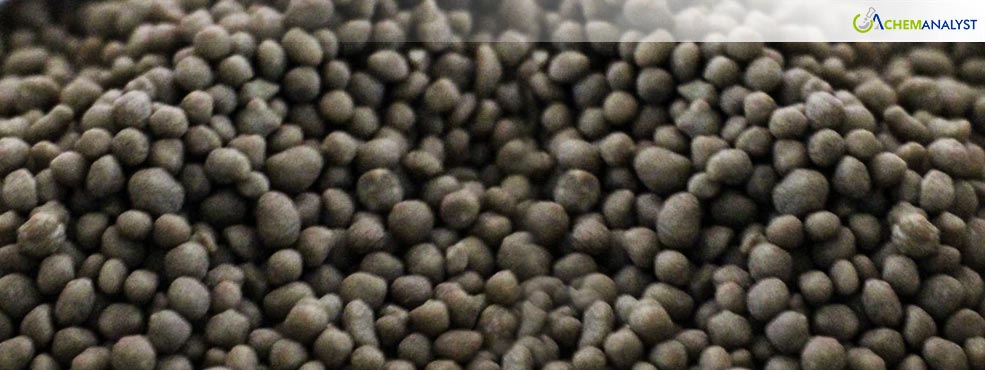February 2025: German DAP Market Strengthened by Supply Adjustments
- 24-Feb-2025 9:45 PM
- Journalist: Jacob Kutchner
The German Diammonium Phosphate (DAP) market saw a price increase in February 2025, driven by supplier adjustments and market forces. Key players, including Helm, Lifosa, and Purefert, revised their prices for February shipments, responding to shifting supply-demand dynamics. While production rates remained moderate, the market faced disruptions from adverse weather conditions and China's phosphate export restrictions. At the same time, demand for DAP remained stable, despite limited Moroccan NPK availability and a shift towards Russian NPK alternatives. The market outlook is promising, with a potential increase in offtakes as suppliers prepare for the spring planting season, paving the way for further price adjustments and continued market growth.
The German DAP market experienced an uptick in prices during February 2025, driven by a mix of market forces and supplier adjustments. Key players, including Helm, Lifosa, and Purefert, revised their prices for February shipments. Helm and Lifosa offered Moroccan and Lithuanian DAP, while Purefert provided Phosagro's product, all on an FCA German seaports basis.
The rise in prices was influenced by the imbalance of supply and demand, with suppliers responding to shifting market conditions and potential changes in regional supply dynamics. The DAP production rates were intermediate, and cost support from feedstock Phosphoric Acid remained stable, thanks to a well-balanced upstream phosphate market. China's phosphate export restrictions, introduced in December 2024 to control domestic prices, continued to affect global supply, with the cancellation of a major DAP tender in Ethiopia indicating further uncertainty in the global phosphate supply chain.
In contrast, cost support from feedstock Ammonia softened, influenced by sluggish demand as fertilizer consumption rates remained low. Adding to the volatility, adverse weather conditions—dense fog, strong winds, and snowfall—disrupted European port operations, causing delays and stoppages in deliveries to the buyers. However, the impact on export markets was less severe, as foreign orders declined at a much slower pace.
Meanwhile, the demand for DAP fertilizer in Germany remains steady, reflecting broader trends in the fertilizer market. German suppliers are currently grappling with limited availability of Moroccan NPK fertilizers, with no active demand for the local NPK 15:15:15 variety. However, there is a noticeable shift towards alternative fertilizers, particularly Russian NPK, which continues to attract interest from both suppliers and farmers.
The outlook for the DAP market in Germany is optimistic as of spring 2025, with several factors supporting a potential market rebound. Offtakes are expected to improve as farmers and suppliers begin stocking fertilizers in anticipation of spring season plantations, boosting demand for DAP. Additionally, with seasonal demand set to rise, market players may look to raise their quotations to capitalize on the increased activity and secure profits during this peak period. Overall, these factors point to a favorable market environment for DAP, with growth opportunities on the horizon as the season progresses.



